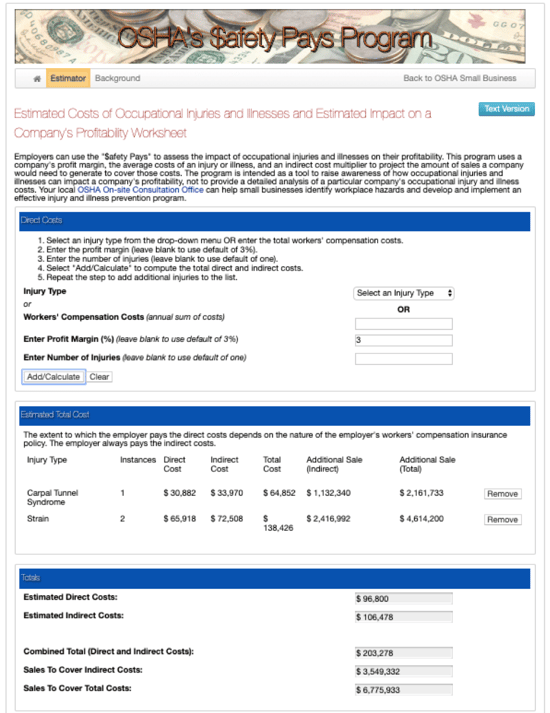Staff Safety and Morale: The Link is Clear
by Larissa Biggers, on August 09, 2019
To attract and retain employees, some businesses offer perks ranging from on-site yoga to monthly karaoke parties. But once the novelty of these benefits wears off, do they really boost morale? Do employees really feel that the company understands their needs? Are the investments genuine? While some employees do appreciate such services, most would rather know that that their organization truly cares about them as individuals.
Safety Is Not a Perk
In industries like healthcare, where workplace injury is a serious issue, establishing safety programs that include essential equipment and training should be a requirement, not a perk. On a basic level, staff injuries are costly. For instance, according to the OSHA Safety Pays Estimator, the expenses incurred from just one carpal tunnel incident and two strains is significant.
But beyond the cost of injuries, employers should consider the link between safety and employee morale. Gallup research has shown a direct connection between feelings of safety and security at work and job satisfaction and morale. And it often does not take a lot to make staff feel protected. For instance, a manufacturing plant could provide employees with quality ear plugs to preserve their hearing; hospitals could issue lead-lined safety glasses to x-ray technicians to guard against to fluoroscopic exposure; and a GI unit could stock equipment to minimize the need for manual patient handling, which is directly linked to musculoskeletal disorders (MSDs).

In all of these cases, employees would feel that their employer is aware of and invested in their safety and well-being. Organizations that provide these protections, even when not required by regulatory agencies like OSHA, send a strong message to workers about their commitment and priorities. In turn, they are rewarded with more engaged staff, fewer work days lost to injuries, higher productivity, and a reduction in insurance claims and premiums.
Healthcare systems are learning that improving employee safety delivers many benefits beyond reducing injuries. Research has shown that implementing staff safety protocols can improve patient satisfaction and outcomes and protect the reputation of hospitals.
How Much Does Safety Cost?
At first glance, creating a culture of safety might seem expensive. Indeed, making a genuine commitment to a safe workplace is not free, and some employers might not be able to justify the cost to themselves or management. But they should consider the cost of doing nothing. (Remember OSHA's estimated cost for one carpal tunnel incident and two strains?)

Why Morale Matters
Staff morale is an important measurement for all organizations, but especially when that staff is interacting with and caring for patients. With the burgeoning aging population and the rise in obesity and obesity-related conditions, growth in the healthcare sector shows no sign of slowing down. At the same time, the industry is facing a nursing shortage, along with other challenges like rising drug prices and uncertainty surrounding healthcare reform. Competition to recruit experienced providers is fierce. Hospitals must find ways to retain and nurture the their current staff to keep up with patient demand.
The cost of injury prevention is far less than the cost of the injury itself. A safe and healthy workplace attracts and retains productive employees. For healthcare, that translates to improved patient care and satisfaction.
Give your endoscopy staff the gift of safety—you'll be glad you did.




